Welcome to the Big Hole National Battlefield Picture Tour
Criss crossing the state of Montana we are constantly running into battlefields and skirmish sites that you never learned about in school. Most of the battle sites might have a sign or two but the landscape rarely gives you any clues as to what occurred during the conflict. That is what makes the 655-acre Big Hole National Battlefield so unique. Along the Big Hole River and nearby hillside, you you can retrace all of the events of the tragic two day attack. You leave the site a little shaken, as if you just witnessed a crime scene.
Still Finding Graves
On Aug. 9, 1877, Col. John Gibbon arrived from Fort Shaw with 161 men and attacked at dawn. Gibbon’s men caught the Nez Perce by surprise. The Indians, on their way to sanctuary in Canada, were lulled by a largely peaceful passage through the Bitterroot Valley into believing they would be able to travel safely through the Montana Territory. The Nez Perce lost perhaps as many as 90 people, about 10-12 percent of the group, with women and children taking heavy casualties. Of the 700 who remained, fewer than 200 were warriors. The Big Hole Battle was just one of 18 military engagements during a six month period of time. During one of our visits to the battlefield we learned authorities found a shallow grave of a young girl who was hastily interned during the 1877 battle on the banks of the Big Hole River as the remaining Nez Perce made their escape east.
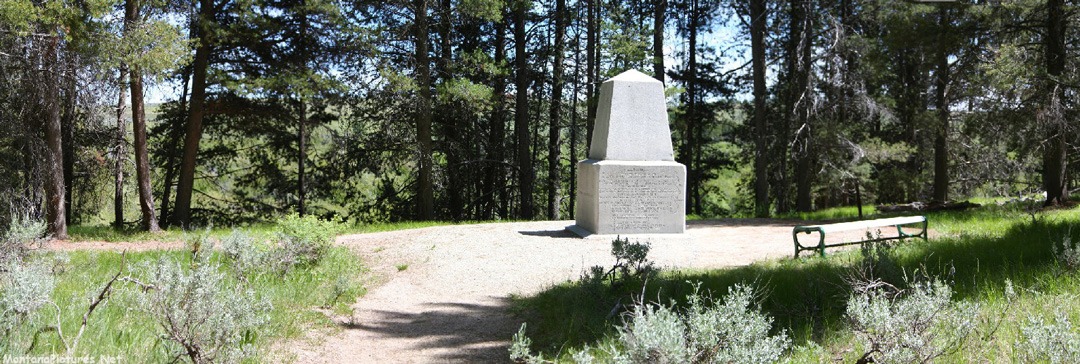
Walk the Interpretive Trail
After you watch the twenty-six minute film at the Big Hole National Battlefield Visitor Center you need to pack a hat, water bottle, bug spray and hit the trail to the encampment in the river valley below. It only when you stand on the hillside near the the initial starting point of the battle that the full impact of what happened here on August 9, 1877 hits you. Don’t worry, there are plenty of markers and signs to guide you over the beautiful yet somber battlefield.
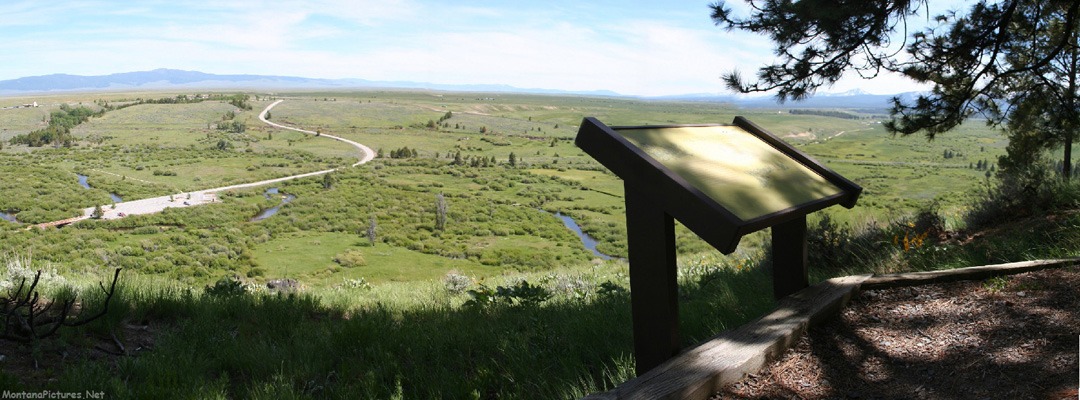

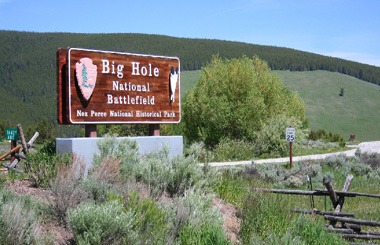
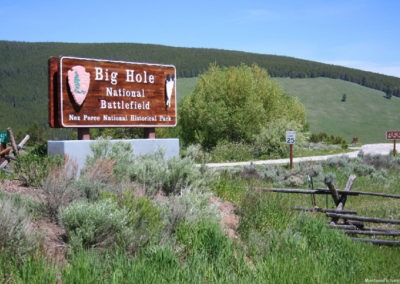
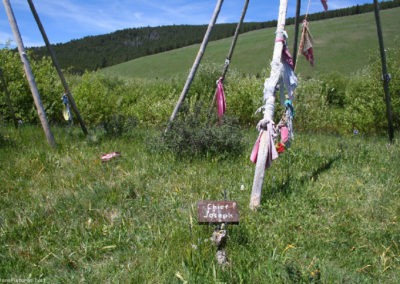
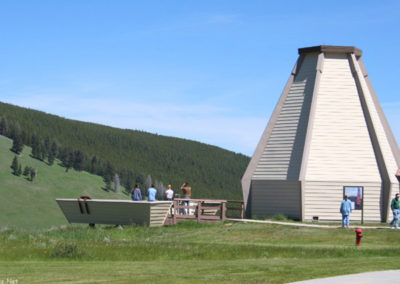
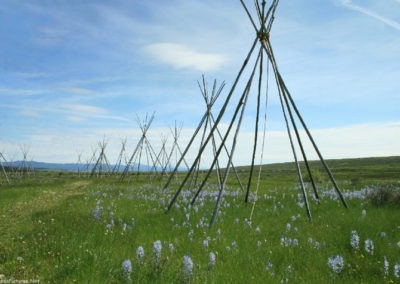
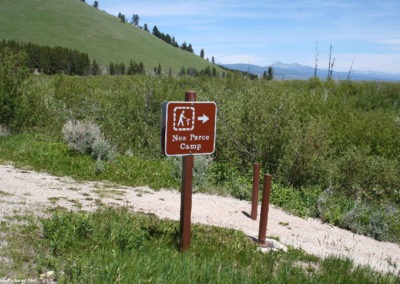
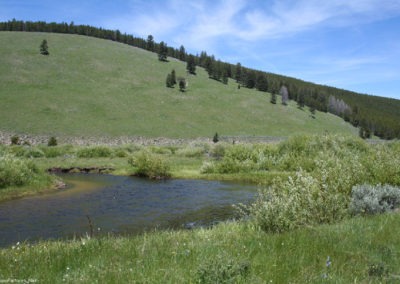
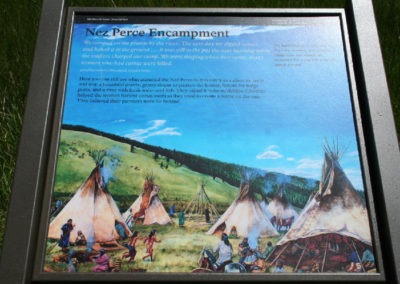
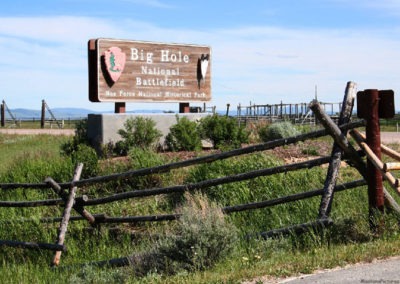
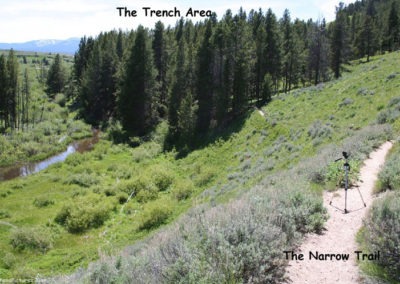
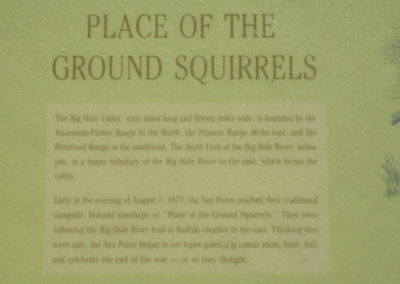
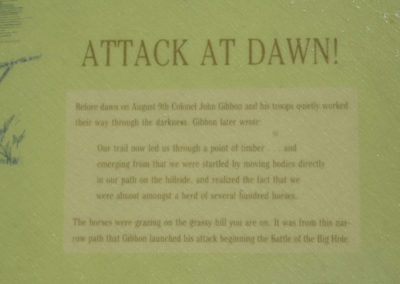
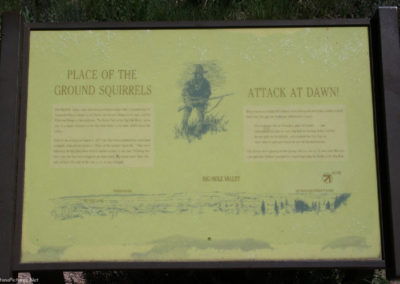
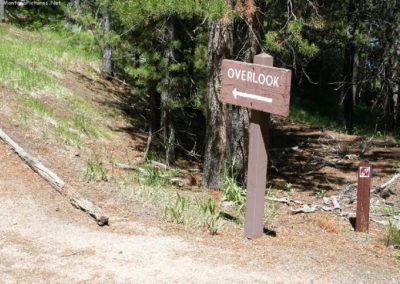
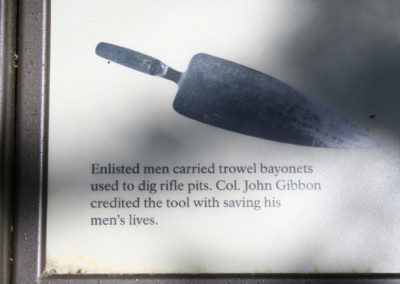
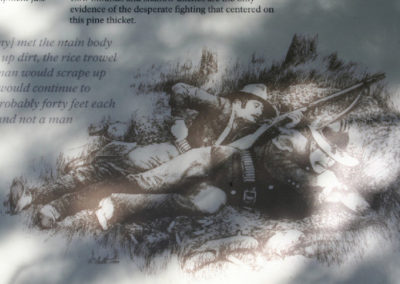
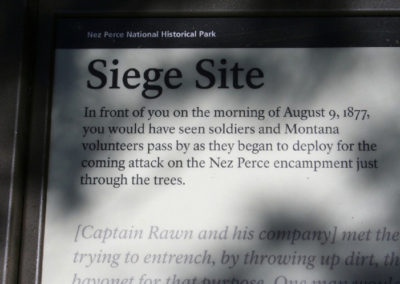
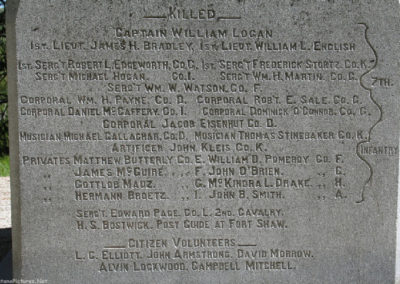
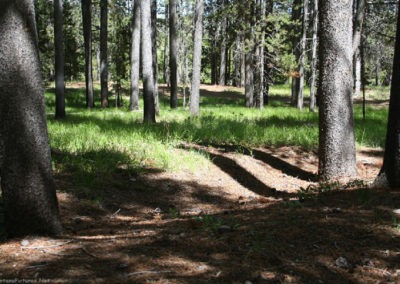
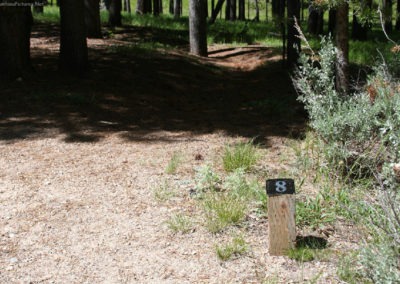
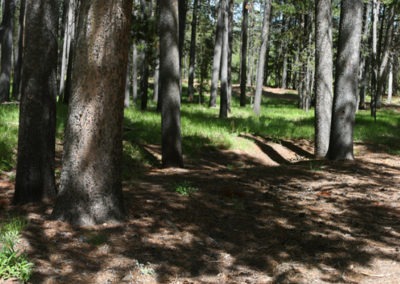
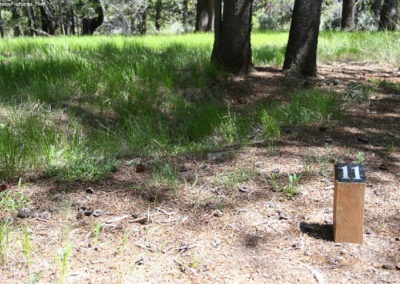
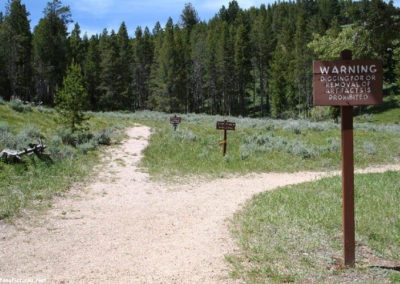
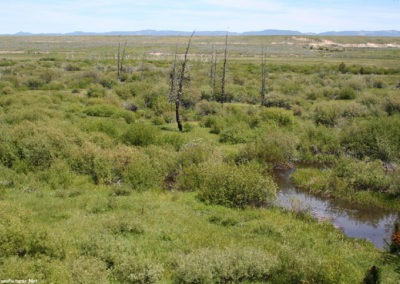
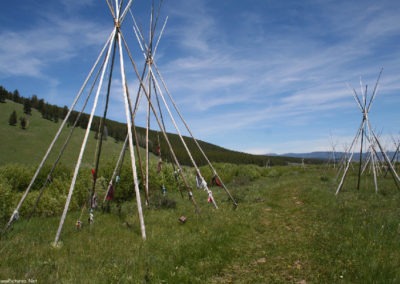
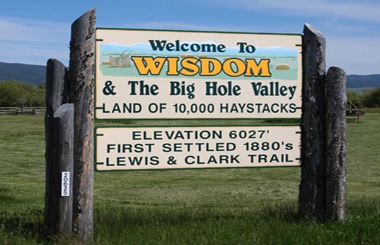
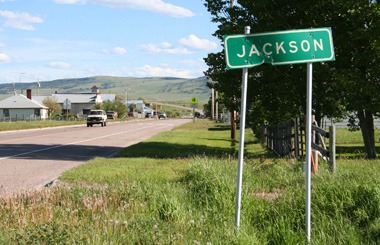
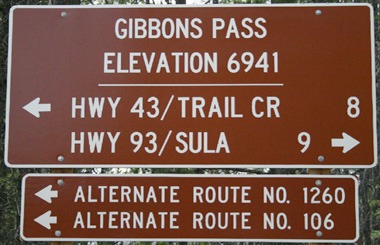
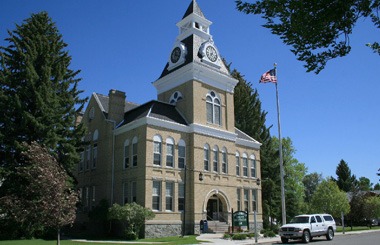
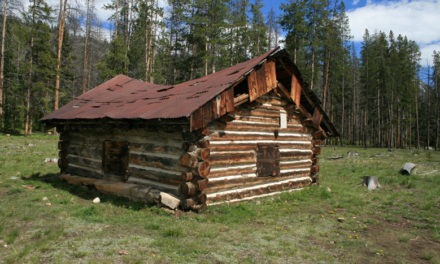
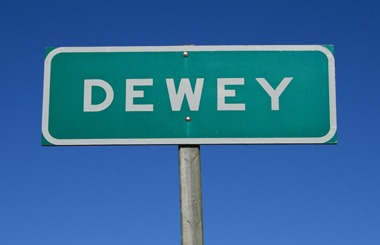
Recent Comments